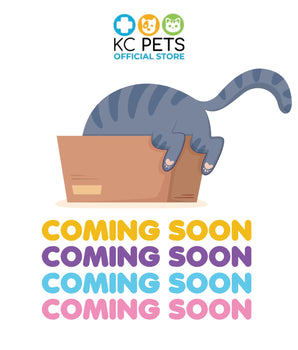Your relationship with your dog is incredibly special. Your pet brings you joy, comfort and companionship and somehow always knows when you're feeling sad or sick. As a loving dog parent, you want to bring that same intuition, safety and comfort to your beloved pet. That's why it's so heart-wrenching when your dog looks up at you, wide-eyed, with their head between their paws.
Many people find themselves debating whether it's a perception, evolution, or whether a dog is actually sad. Desperate to bring joy into your dog's life, you may grow concerned that there are health issues at stake, or that this is an emotional response to a change in your home.
More importantly, you might be wondering if their sad look could it be a health issue or is it just an emotional response? Read on to dig into some answers.
Researchers have sought to understand what causes dogs to make the sad puppy eyes they're known for. A study published by Scientific Reports found that dogs alter their facial expressions in response to human attention. Researchers observed 24 family dogs of various ages and breeds and their reactions to four different scenarios: human attention with food, human attention without food, no human attention with food and no human attention without food. While food didn't impact the dogs' expressions, the researchers found that the dogs were more expressive when a human faced them. In these situations, dogs were more likely to raise the inner eyebrow, making them look sad and more childlike.
Additional research published by Proceedings of the National Academy of Sciences dug deeper into what causes dogs' different facial expressions. The authors of the study hypothesized that over their 33,000-year evolution from wolves to the lovable pets they are today, dogs developed strong eyebrow muscles that allow them to make sad puppy eyes. This, the study's authors claim, was in response to humans' preference for the trait.
So if you're wondering why your dog looks sad it may bring you some comfort to learn that the sad, longing look in your dog's eyes may not be sadness at all. It may simply be that they're trying to connect with you or get your attention.












